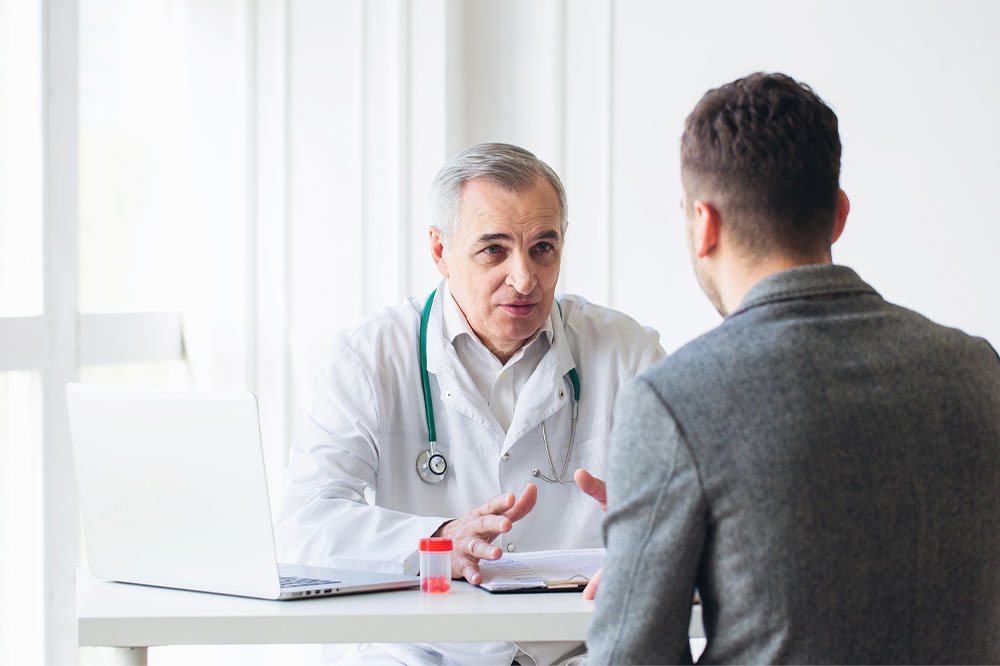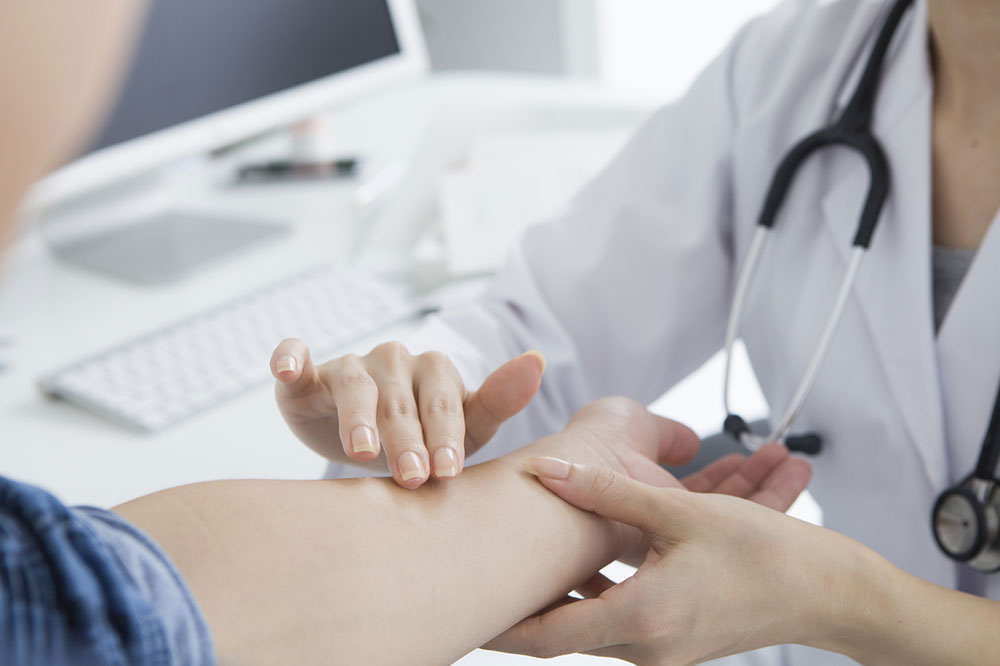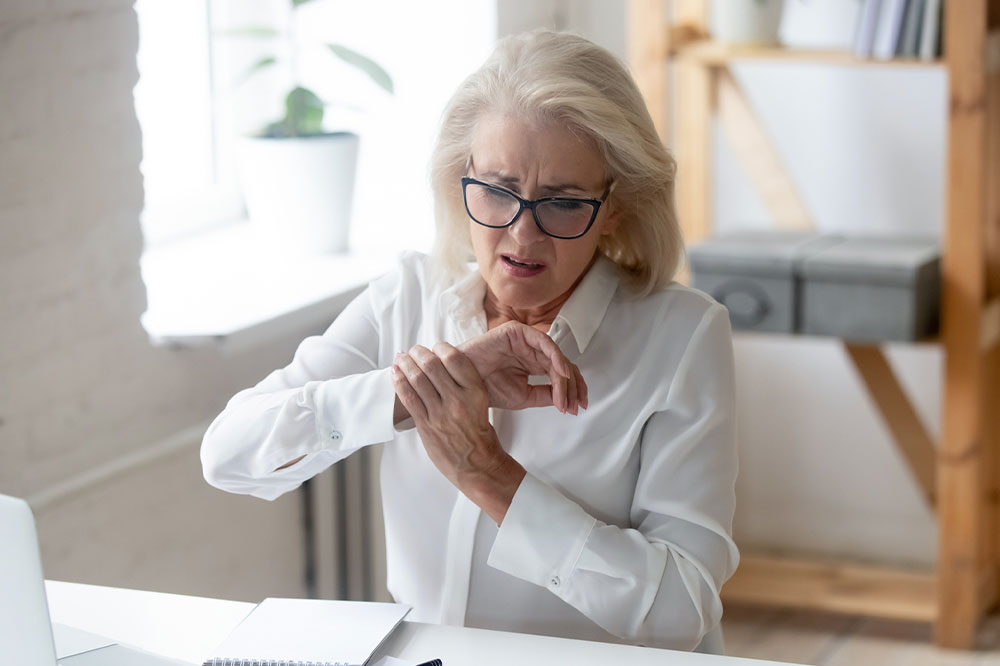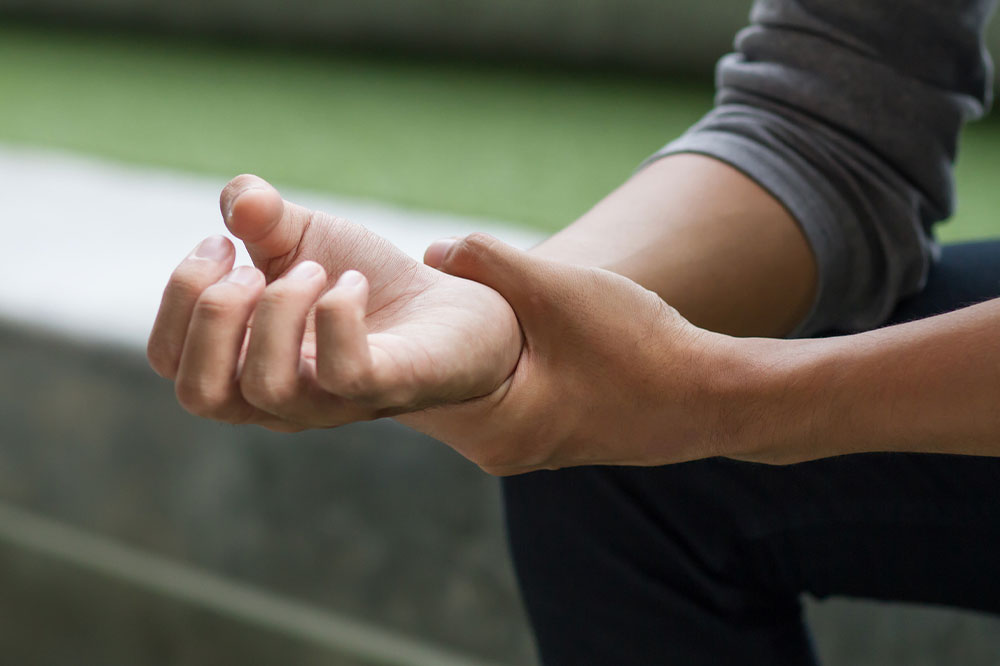5 early signs of breast cancer to look out for
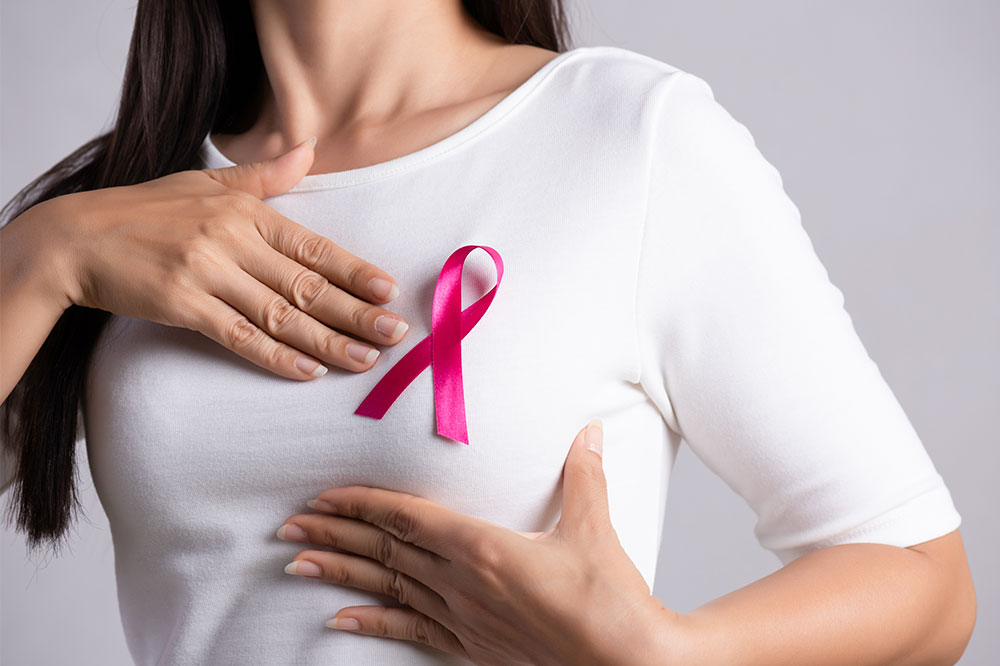
Breast cancers are generally associated with lumps. However, the symptoms may differ from one person to another according to their specific type of cancer. Although, there are many cases where the patients haven’t reported any lumps. So, this article will explore the various symptoms associated with breast cancer. And it’s always recommended that one visits a doctor immediately if they notice any of the following signs. This will ensure the early detection of cancer.
Early symptoms/signs of breast cancer
Usually, a monthly breast exam may reveal specific symptoms such as lumps. But there are other signs to look out for as well, which include:
Swelling near underarms or the collarbone
A swelling near the collarbone or underarms signifies the spreading of cancer to the lymph nodes in that area. Usually, the swelling may appear even before the lump. Hence, a person should not ignore any discomfort and seek medical advice.
Pain and tenderness
In most cases, lumps in the breast do not hurt. But they might be uncomfortable and might cause a prickly feeling. This hard mass may have irregular edges and is a sure sign of cancer. But sometimes, it can also be soft, tender, round, and even painful.
A flat or indented area on the breast
This could be the result of an undetected tumor in the breast. In most cases, they cannot be felt or seen by the patient, but they can be recognized by a change in the size and shape of the breast during a breast self-exam.
Changes in the nipple
Nipple discharge is also a tell-tale sign of breast cancer. Hence it’s essential to look out for certain changes in the nipple. This includes flaky skin or redness in the nipple area/breast, pulling in of the nipple, and pain in any area of the breast.
A hard area under the skin
This can be felt during a self-exam. For example, the area might feel different compared to the other parts of either breast and could indicate inflammatory breast cancer. It might also make the affected area swollen, red and tender.
Conclusion
In addition to a monthly self-examination, a regular breast exam is also advised for timely detection and treatment. Delays in diagnosing and getting an evaluation done will only worsen the symptoms. Therefore, consulting a doctor for an assessment will aid in determining whether something you’ve noticed is a cause for concern.
